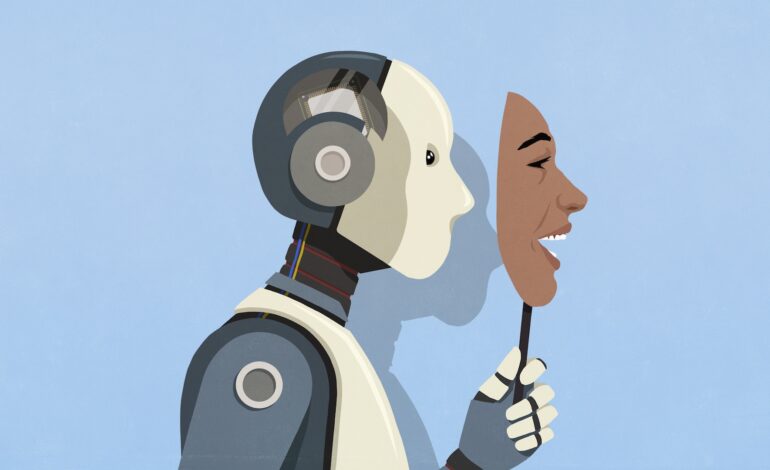
Navigating AI’s Challenges: The ADA and Modern Technology
Thirty-five years post-ADA legislation, emerging technologies such as AI are reshaping accessibility and inclusion landscapes. As technology evolves, so do the challenges and opportunities for individuals with disabilities. This article delves into the effects of AI on disability rights, highlighting the need for adaptive measures and inclusive practices to uphold the spirit of the ADA.
The Americans with Disabilities Act: A Historical Perspective
The Americans with Disabilities Act (ADA) was signed into law in 1990, marking a pivotal shift in ensuring equal rights for individuals with disabilities. Intended to provide accessibility, employment, and non-discrimination, the ADA has been a cornerstone in disability rights advocacy. However, technological advancements, particularly in AI, bring both new challenges and opportunities that require the ADA’s principles to be applied in modern contexts.
The Rise of AI in Accessibility Technology
Artificial Intelligence is continuously influencing accessibility technologies. While AI offers promising solutions, such as voice recognition for those with mobility limitations or predictive text for cognitive disabilities, it also presents potential risks. Issues like biased algorithms and lack of inclusivity in AI design can undermine the strides made by the ADA, necessitating vigilant oversight and inclusive development processes to ensure AI technologies benefit all users.
Meeting Modern Challenges with Innovative Solutions
To tackle the challenges posed by AI and emerging technologies, stakeholders including policymakers, tech developers, and disability advocates must collaborate. Policies updating the ADA to address digital accessibility alongside tech companies prioritizing inclusive design can bridge the gap between legislation and technological progress. Education on AI’s capabilities and limitations is also crucial to empowering individuals with disabilities, ensuring they are both protected and uplifted by technological advancements.
Conclusion
The evolving landscape of AI technology necessitates a revisitation of the ADA to maintain its relevance and effectiveness. By fostering collaboration among key sectors and promoting inclusive tech design, society can address modern challenges while honoring the ADA’s legacy of equal rights and accessibility for individuals with disabilities.





